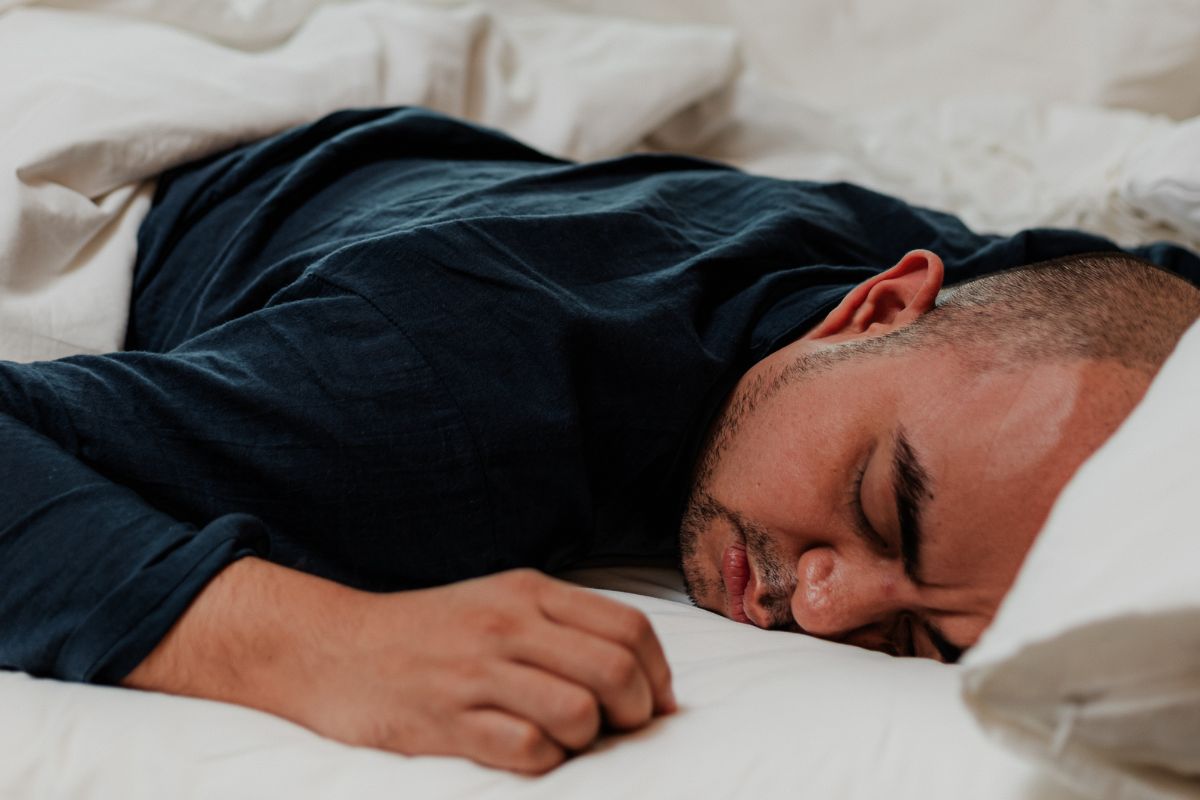A bed wetting alarm is a simple device consisting of a wetness sensor and some kind of noisemaker. There are different designs, but they all work in basically the same way.
The idea is to wake the child, so that he or she can get to the bathroom. Research indicates that this also conditions the child to better respond to the sensation of a full bladder. So not only is this a management option, but also a possible treatment.
It is important to discuss the problem with the child’s pediatrician, especially if the child was at one time able to stay dry all night. If a child goes for six months without having a nighttime accident once or twice a month, then the condition is diagnosed as secondary nocturnal enuresis, which may be accompanied by an underlying medical problem.
In most cases, the cause is simply a developmental issue. A child’s bladder typically becomes larger around the age of 5 or 6, making it unnecessary to urinate at night.
A smaller bladder may be the underlying cause of the problem, making it necessary to get up at night. But, a child may be sleeping too deeply to recognize the sensation that an adult would notice. That’s one of the reasons bed wetting alarms are helpful.
Developing hormonal cycles is another possible cause. An adult’s body starts to produce anti-diuretic hormone as nighttime approaches. The hormone reduces the nighttime output of the kidneys temporarily, so that there is no need to urinate until early in the morning. The earliest age at which production of the hormone begins is two. Optimum production typically does not begin until around the age of 5 or 6.
Occasionally the production of anti-diuretic hormone is never high enough to reduce urine production. Some people must always get up during the middle of the night to urinate. But most children produce a sufficient amount of the hormone by the time they reach puberty. A bed wetting alarm can help train the child to sense bladder fullness until hormonal production increases. That’s another reason it helps.
One of the popular types includes a wetness sensor that attaches to the child’s underwear or pajamas. The sensor is attached to a cord. The cord is attached to an alarm that clips to the child’s pajama top. Batteries are needed to make the unit work.
Another type of wearable alarm is wireless. The sensor transmits a wireless signal to an alarm unit on the child’s bedside table or other piece of furniture. Companies usually recommend that the wireless bed wetting alarm be positioned in such a way that the child must get up to turn off the noise. Otherwise, he or she could turn off the noise and go back to sleep, just as adults do with their alarm clocks.
New models include a separate noisemaker to be placed in the parent’s room as a backup plan. If the parent does not hear the child’s door or the bathroom door opening, then he or she can get up and go in to wake the child.
Other bed wetting alarms do not attach to the child. The sensor is placed inside of a pad that the child sleeps on top of. Moisture still activates the sensor and causes a bell to sound. However, a larger amount of moisture must be present in order to activate the sensor. Because of that many parents prefer the pajama and underwear combination.
Once the child develops the ability to respond to the sensation of a full bladder without help, the use of the bed wetting alarm may be discontinued. The length of time it takes for the sound to train the child varies. Sometimes the devices are needed for only a short period of time.
Related Articles:









New! Comments
Share your tips and feedback. Leave me a comment in the box below.